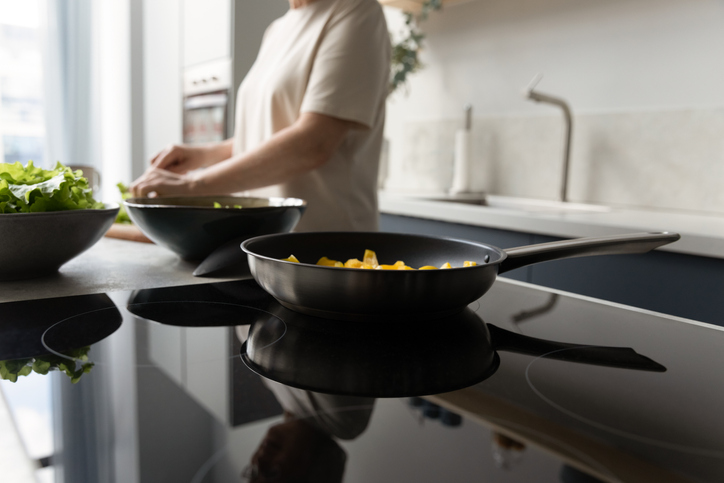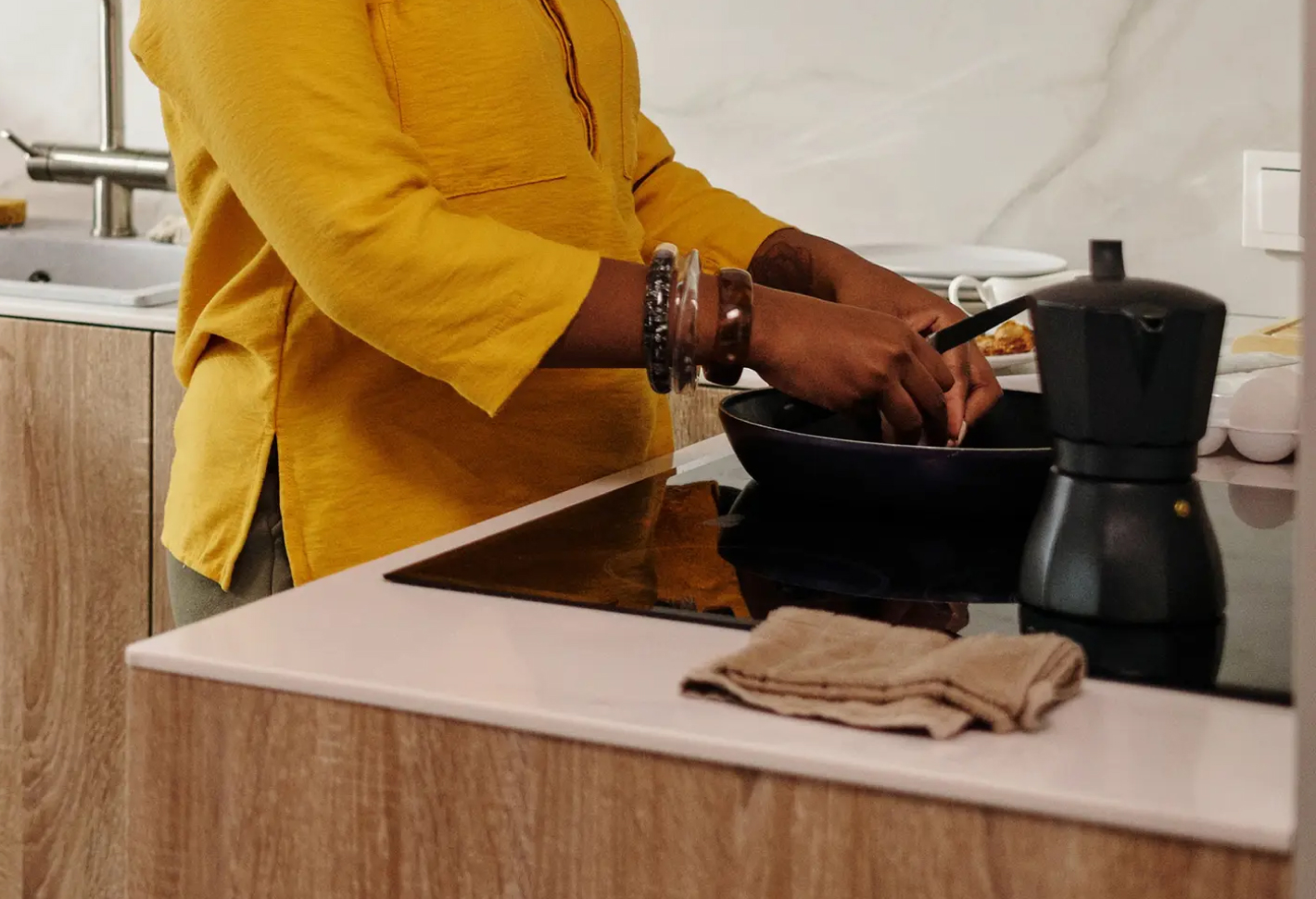Slow Cooking in Cast Iron on Induction: Perfecting Your BBQ Skills
Written By James Morgan
For barbecue enthusiasts, the method of cooking can be just as important as the ingredients themselves. Recently, the fusion of slow cooking in cast iron on induction cooktops has piqued the interest of many in the BBQ community. This unique method combines the benefits of modern technology with traditional cookware to create mouthwatering dishes. If you haven't tried it yet, you're in for a treat!

Why Choose Cast Iron for Slow Cooking?
Cast iron has been a staple in many kitchens for centuries, known for its durability and excellent heat retention. For barbecue enthusiasts, these properties are essential. The even heat distribution ensures that your food is cooked perfectly, whether you're searing meat or slowly simmering a sauce. But why is it so effective on induction cooktops?
Induction cooktops use electromagnetic fields to heat cookware directly, making them incredibly efficient. Cast iron, being ferrous, works perfectly with this technology, providing consistent and controllable heat. This combination is ideal for slow cooking, ensuring that flavors meld beautifully without the risk of burning or undercooking.
The Art of Slow Cooking on Induction
When it comes to perfecting your BBQ skills, mastering the art of slow cooking in cast iron on induction is a game-changer. It allows you to harness the precision of induction technology to cook your dishes to perfection.
Start by selecting the right cut of meat. For slow cooking, tougher cuts like brisket or pork shoulder are ideal. The slow cooking process will break down the collagen, resulting in tender, juicy meat. Once you've seasoned your cast iron pan, preheat it on the induction cooktop. This step is crucial for achieving that delicious sear before lowering the heat for a long, slow cook.
Seasoning and Maintaining Your Cast Iron
Proper seasoning is key to maintaining your cast iron cookware. It not only enhances the non-stick properties but also prevents rust. After each use, clean your cast iron with a brush and hot water, and dry it thoroughly. Apply a thin layer of oil and heat it on your induction cooktop to maintain the seasoning.
For more tips on maintaining your cast iron, you might find this article on cast iron care helpful.
Benefits of Using Induction for BBQ Enthusiasts
Induction cooking offers several advantages over traditional methods, especially for barbecue lovers. It's energy-efficient, meaning you'll spend less time waiting for your cookware to heat up. Additionally, it provides precise temperature control, allowing you to experiment with different cooking techniques without the fear of overcooking.
Another benefit is safety. Induction cooktops remain cool to the touch, reducing the risk of burns. This feature is particularly useful when you're juggling multiple dishes during a BBQ session. If you're interested in learning more about the benefits of induction cooking, check out this resource.
Challenges and Solutions
While the combination of slow cooking in cast iron on induction offers numerous benefits, it does come with a few challenges. One common issue is that induction cooktops require cookware with a flat bottom. Some older cast iron pans may not be perfectly flat, leading to uneven cooking. Investing in high-quality, induction-compatible cast iron can solve this problem.
Another challenge is adjusting to the quick response time of induction cooktops. Unlike gas or electric, induction heats up and cools down rapidly. This responsiveness can be an advantage once you're familiar with it, but it may take some getting used to. Practice makes perfect, and soon you'll be able to harness this feature to enhance your BBQ dishes.
Conclusion
The integration of slow cooking in cast iron on induction cooktops is a revolution for barbecue enthusiasts. It marries the time-honored tradition of cast iron with the innovation of induction technology, offering a cooking experience that is both efficient and delicious. By mastering this method, you'll elevate your BBQ game, impressing friends and family with perfectly cooked dishes every time.
For more insights into the world of induction cooking, you might enjoy exploring this guide on making pizza using cast iron on induction.

FAQ
Can I use all types of cast iron on induction cooktops?
Not all cast iron is suitable for induction cooking. Ensure your cookware has a flat bottom for optimal heat transfer.
How do I prevent my cast iron from scratching my induction cooktop?
Ensure the bottom of your cast iron is smooth and avoid sliding it across the cooktop. You can find more tips in this article.
What are the advantages of induction cooking over traditional methods?
Induction cooking is more energy-efficient, offers precise temperature control, and is safer due to its cool-to-the-touch surface. For more information, you can visit this site.



